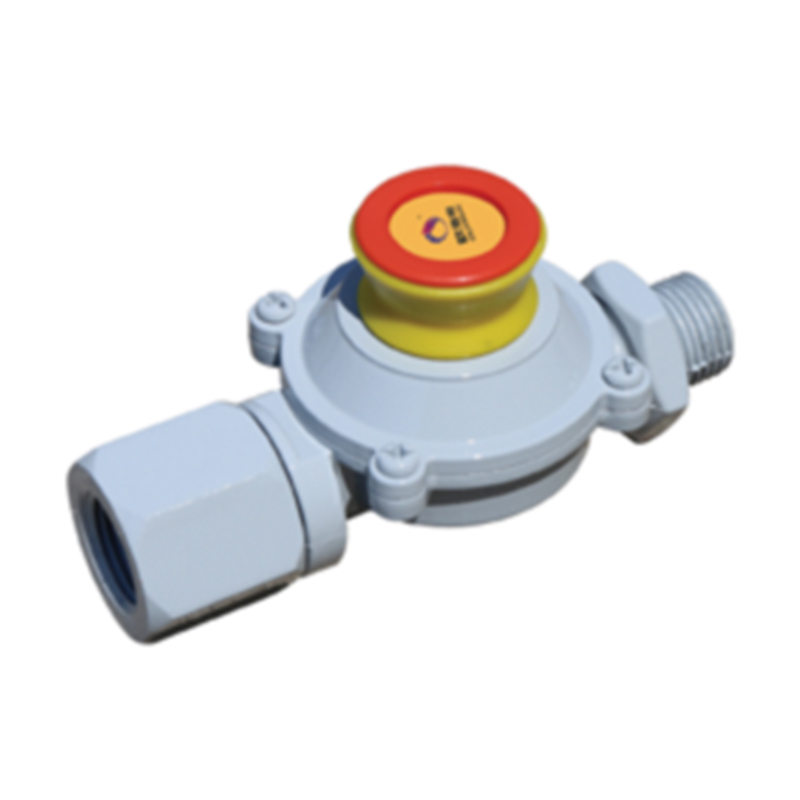
Nov . 13, 2024 12:20
Back to list
صمام منظم ضغط الغاز
Gas Pressure Regulator An Essential Component in Gas Systems
A gas pressure regulator is a vital element in any gas distribution system, ensuring that the gas delivered to appliances and equipment is at a safe and manageable pressure. Whether it’s for residential heating systems, industrial applications, or commercial kitchens, the role of a gas pressure regulator is critical to functionality and safety.
.
The working principle of a gas pressure regulator is relatively straightforward. It typically comprises a diaphragm, spring, and an adjustable screw mechanism. When gas enters the regulator, it exerts pressure on the diaphragm. Depending on the desired output pressure, the spring can be adjusted to either increase or decrease the resistance against the diaphragm's movement. As the diaphragm adjusts, it opens or closes the gas flow, thereby maintaining a consistent pressure downstream regardless of fluctuations in the upstream supply.
صمام منظم ضغط الغاز

There are different types of gas pressure regulators, including two-stage regulators, which are widely used in applications requiring precise pressure control. The first stage reduces the incoming pressure to an intermediate level, while the second stage further fine-tunes it to the desired outlet pressure. This two-stage regulation minimizes pressure fluctuations that can affect equipment performance.
Safety mechanisms are integral to the design of gas pressure regulators. Many include features such as overpressure shutoff valves, which automatically halt gas flow if the pressure exceeds safe limits. Regular maintenance and checks are vital to ensure that these devices function correctly over time.
Choosing the appropriate gas pressure regulator involves considering several factors, including the type of gas (natural gas, propane, etc.), required pressure levels, and the specific applications. A well-selected and properly installed regulator not only enhances the safety of gas systems but also optimizes energy efficiency and appliance performance.
In conclusion, gas pressure regulators are indispensable components in gas systems, ensuring that gas is delivered at a safe and reliable pressure. Their role in maintaining safety, efficiency, and functionality makes them essential for both residential and commercial applications. As technology advances, ongoing improvements in the design and materials of these regulators will continue to enhance their reliability and effectiveness in managing gas pressures.
Next:
Latest news
-
Safety Valve Spring-Loaded Design Overpressure ProtectionNewsJul.25,2025
-
Precision Voltage Regulator AC5 Accuracy Grade PerformanceNewsJul.25,2025
-
Natural Gas Pressure Regulating Skid Industrial Pipeline ApplicationsNewsJul.25,2025
-
Natural Gas Filter Stainless Steel Mesh Element DesignNewsJul.25,2025
-
Gas Pressure Regulator Valve Direct-Acting Spring-Loaded DesignNewsJul.25,2025
-
Decompression Equipment Multi-Stage Heat Exchange System DesignNewsJul.25,2025

